Government contractors around the country are gearing up for the end of the year and the start of 2022 as the year draws to a close.
The market for government contracts is becoming increasingly competitive. Government contractors must understand external factors which influence the contracting market and take measures to better prepare themselves for success in order to develop a winning strategy.
1. NEW SOURCE FUNDING OUTLOOK
- 2022 Appropriations
- Infrastructure Investment and Jobs Act
- Build Back Better Act
Several noteworthy pieces of legislation recently passed, potentially resulting in a funding flow-down to federal, state, local and education agencies.
The Infrastructure Investment and Jobs Act, which was passed in November 2021, released hundreds of billions of dollars for roads, bridges, mass transit, technology infrastructure, and other projects. Monitoring whether potential future projects might be impacted by this funding, as well as the prospect of future big legislation, will be a recurring trend for 2022 that all contractors will have to keep an eye on.
2. EXPANDING COMPLIANCE REQUIREMENTS
- Vaccination Requirements
- CMMC (Cyber Security Maturity Model Certification)
- Diversity and Inclusion
A slew of new and significant compliance requirements are affecting government operations. Consider the recent Federal rule that all government contractors be vaccinated unless they have a medical or religious exemption. Many firms are scrambling to put rules in place in order to accommodate employees who are apprehensive to get the vaccine. In 2022, increased regulations such as Cybersecurity Maturity Model Certification (CMMC) and diversity and inclusion compliance are likely to affect contractors.
3. BIDEN’S FEDERAL CONTRACTING REFORMS FOR SMALL DISADVANTAGED BUSINESSES
- Focus on Small Business
The Biden administration announced a series of reforms aimed at improving federal spending transparency and increasing the number of federal contracts available to underserved businesses. The goal is to help small businesses become more successful and increase investments in small disadvantaged businesses (SDBs). The Small Business Administration will begin contract negotiations in 2022 with the goal of achieving an 11 percent government contracting goal for SDBs. In addition, the SBA will collaborate with others to improve spending for women-owned small companies, service-disabled veteran-owned small businesses, and contractors in Historically Underutilized Business Zones.
4. CONTRACT CONSOLIDATION AND ACQUISITION STRATEGIES
- Category Management
- DUNS Transition to New Unique Entity Identifier
With regards to the Category Management the GSA, for example, is expected to continue the process of streamlining contracts, resulting in fewer prime contracting possibilities and a more competitive contracting environment.
Also, the federal government will stop using the DUNS number to uniquely identify companies by April 2022. Entities conducting business with the federal government will then utilize a SAM (Unique Entity Identifier) created on SAM.gov. They will no longer be required to receive their identifier from a third-party website. This move helps the government to streamline the entity identification and validation procedure, making doing business with the federal government easier and less burdensome for businesses.
We’re looking forward to seeing how these major trends in government contracting evolve as we approach 2022 and how you may plan for your company’s success.
Let us know your thoughts and questions in the comments section below!

